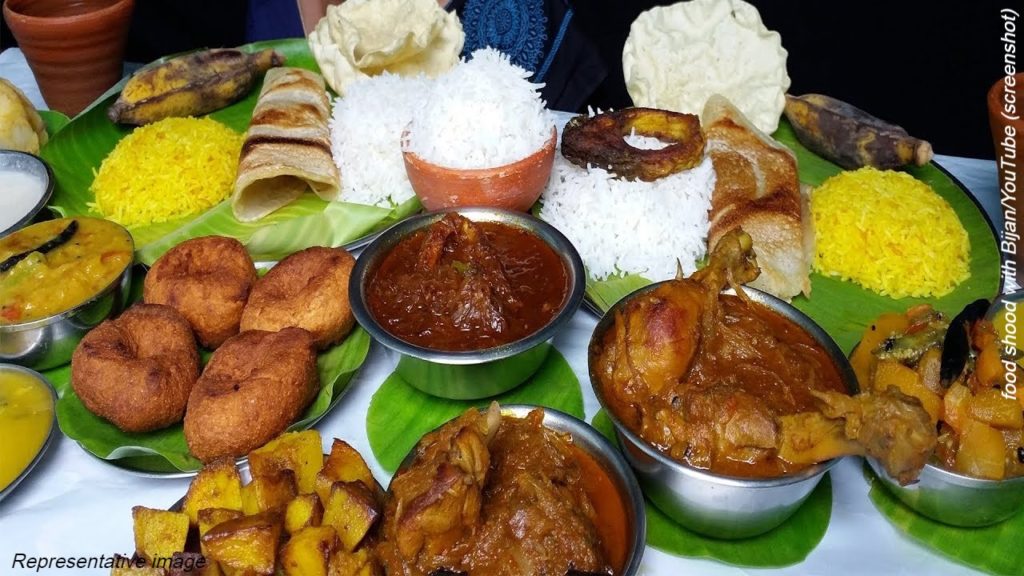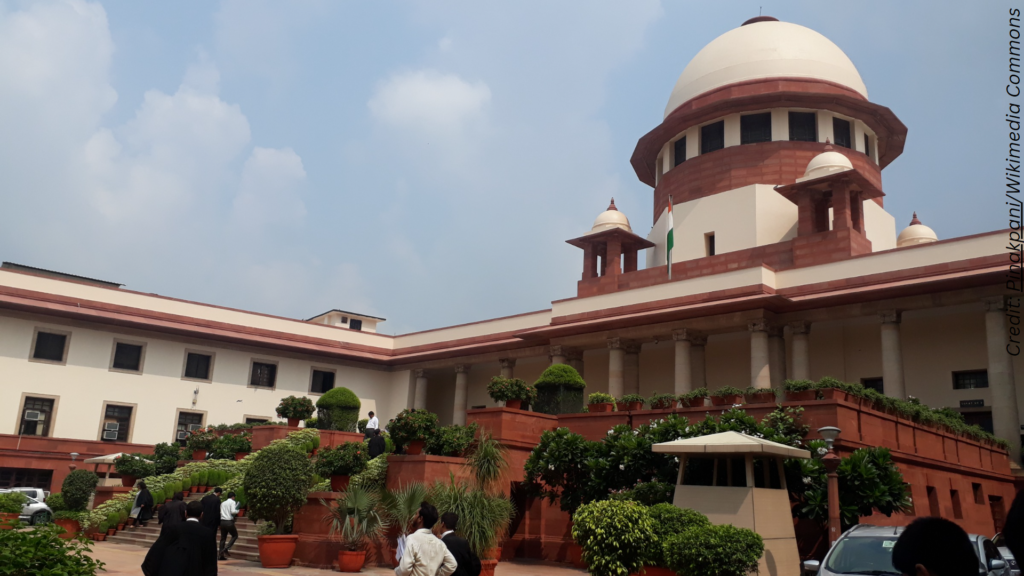More than 90% of India’s population eat fish, chicken or meat regularly, shows NFHS-5 data, blunting BJP’s attempts at imposing vegetarianism
April 19, 2022 3 min read
Data from NFHS-5 shows that in over half of the 30 states and Union territories, more than 90 per cent of the population eat fish, chicken or meat daily regularly, and therefore it is a fallacy when certain BJP leaders and governments in the recent past have tried to impose vegetarianism upon the people with the seeming argument that they are speaking for the majority.

Data from the National Family Health Survey-5 (2019-20) (NFHS-5) shows that in over half of the 30 states and Union territories, more than 90 per cent of the population eat fish, chicken or meat daily or weekly or occasionally. “In 25 of them, the figure was more than 50%. In none of the States/UTs was the share less than 20%,” says a report in The Hindu.
This needs to be seen in the light of the several restrictions on the consumption of meat by BJP-ruled states and civic bodies in recent years.
In this respect, it is crucial to note that NFHS-5 shows that consumption of fish or chicken or meat is
- daily or weekly or occasionally in over half of the 30 states/UTs,
- a habit for more than 50 per cent of the population in 25 of the states/UTs, and
- a habit for at least 20 per cent of the population in all the states/UTs.
In terms of consumption choice by population, the survey proves that
- two in three Indians are meat-eaters,
- on average, only 23 per cent of women and 15 per cent of men never consume chicken, fish, or meat,
- and the above point, consequently, means that every three in four women and five in six men do consume meat, whether daily, weekly or occasionally.
Non-veg vs veg, in terms of states and gender
The analysis of NFHS-5 data, however, also shows that non-vegetarians are by no means evenly spread across the country or even across genders.
By and large, northern and central India comprise the majority of vegetarians, and eastern, north-eastern, western (except Gujarat) and southern India host the majority of non-vegetarians.
Then again, more women (50.7 per cent) than men (33 per cent) in northern and central India—comprising Punjab, Haryana, Himachal Pradesh, Uttarakhand, the Union territories of Jammu and Kashmir, Rajasthan, Uttar Pradesh, Madhya Pradesh and Chhattisgarh—never consume meat.
The other end of the spectrum can be seen in north-eastern India—Arunachal Pradesh, Assam, Manipur, Meghalaya, Mizoram, Nagaland, Tripura and Sikkim—where only 1.6 per cent of women and 1.3 per cent of men report not eating meat.
Vegetarianism is higher than the national average (31 per cent women and 23 per cent men) in western India, but the numbers are majorly influenced by Gujarat.
From the above data, it can easily be argued that though certain parts of India have large vegetarian populations, by and large, non-vegetarian foods are an integral part of India’s culture. And therefore, it is only for narrow political gains that some BJP leaders, and governments led by the party, have argued for the imposition of vegetarianism at various times in the recent past (the South Delhi mayor deciding to shut meat shops during Navratri, students allegedly agitating over chicken on a canteen menu at JNU on Ram Navami, debates over the serving, or not, of eggs in mid-day meals in Karnataka, etc.).





































